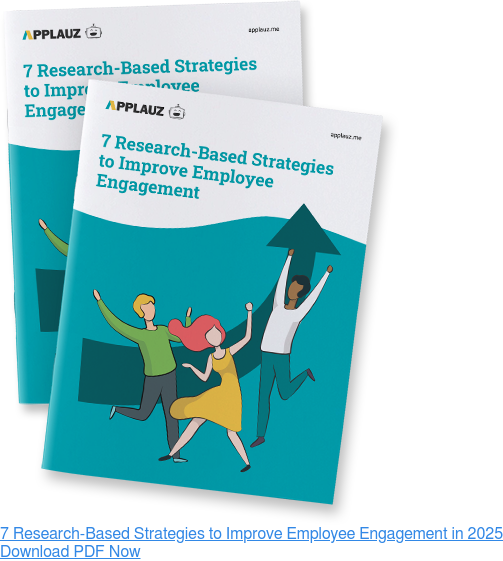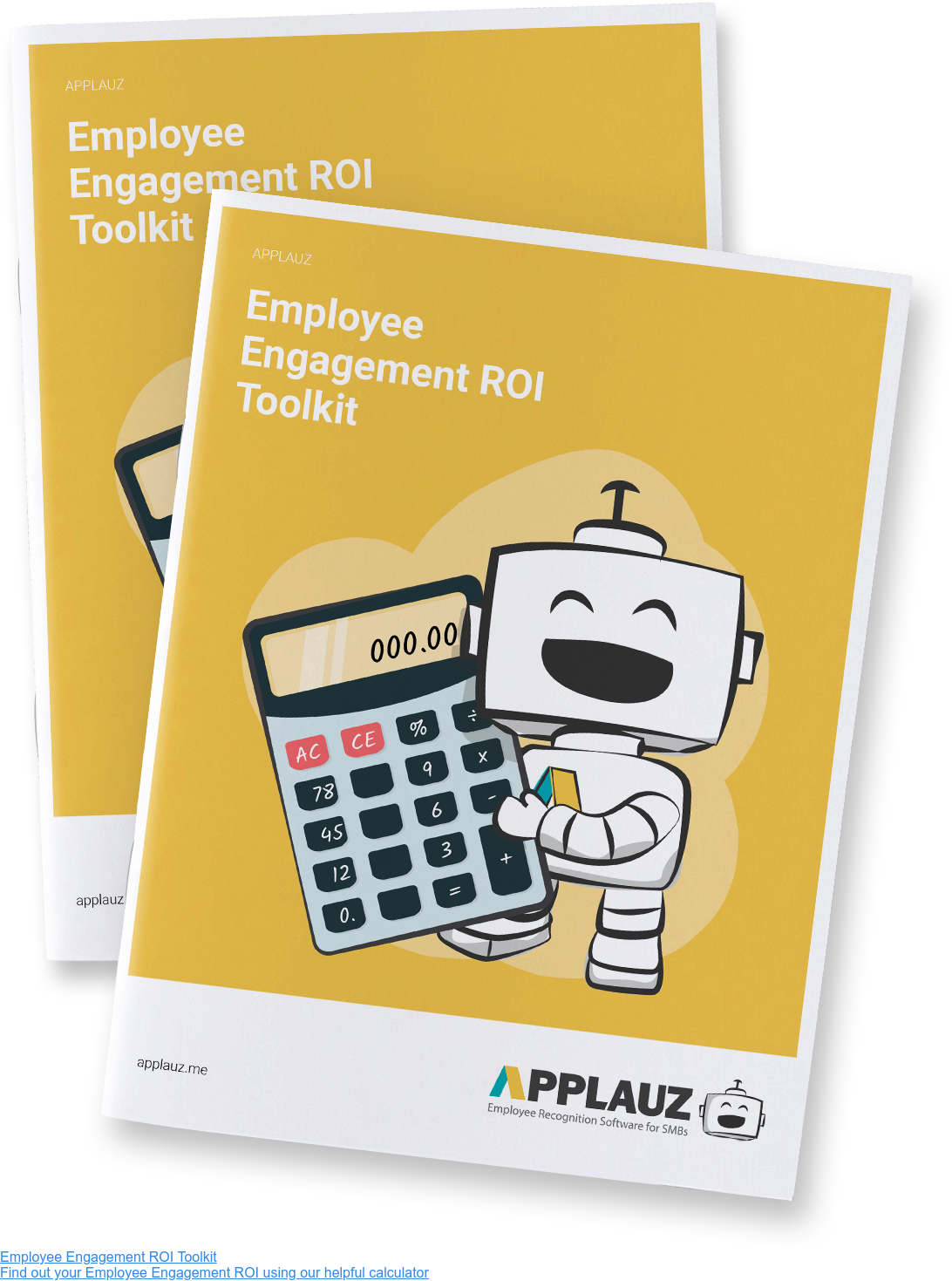Diversity, Equity and Inclusion (DEI) has been more of a focus for leaders and organizations in the past few years. When discussing workplace culture, companies often focus on the topic of inclusive hiring practices.
But what about ageism? It’s a form of workplace bias that receives far less attention, yet it’s surprisingly prevalent. A Resume Now survey revealed that a staggering 90% of U.S.-based workers aged 40 or older have experienced ageism in the workplace. Furthermore, 49% of older workers said they earn less than their younger coworkers, while 44% reported depression as a result of age-based bias.
And ageism can creep its way into all stages of the employee experience, from hiring and compensation to career advancement and workplace dynamics. It can take a toll on both emotional and financial well-being for many of your employees. However, it isn’t only bad for workers – it’s bad for business too.
According to Gallup, employees who face discrimination at work are less likely to feel motivated and workers who report feeling discriminated against are “less likely to strongly agree that they have the opportunity to do what they do best, that their opinions count, or that someone at work cares about them as a person.”
Age-based discrimination can have a direct impact on employee engagement. It makes older employees feel less valued and engaged, which leads to all sorts of poor outcomes. It sends them – and all their precious experience – looking for new opportunities while eroding your employer brand and increasing turnover.
Here’s what you need to know about the link between ageism and employee engagement – and how to leverage those insights to build a more inclusive culture that high-performers crave.
 Examples of Ageism In the Workplace
Examples of Ageism In the Workplace
The first step to combating ageism in the workplace is understanding what it actually looks like in practice. The World Health Organization defines it as “the stereotypes (how we think), prejudice (how we feel) and discrimination (how we act) towards others or oneself based on age.”
The Resume Now survey mentioned above reported that the top forms of age-related discrimination include an employer that mainly hires younger employees (52%), earning less than younger peers (49%) and being treated differently by management or leadership (45%).
But there are plenty of other ways ageism manifests itself at work. A coworker makes an age-related joke. Older employees are being passed over for challenging or high-visibility projects while younger staffers get access to new opportunities. A candidate gets told that they are “overqualified” for the job.
Unfortunately, it can be hard to prove that these situations are rooted in problematic biases, especially considering that ageism is less discussed. And the results can be devastating.
Resume Now data revealed that 48% of older workers reported lower earning potential because of age-driven discrimination. Some of them felt forced to retire early due to ageism: 43% of employees over 40 said they experienced early or forced retirement and half of them adjusted their plans to retire earlier than planned.
According to the WHO, ageism is also associated with earlier death by 7.5 years – as well as poorer physical and mental health and slower recovery from disability later in life.
 How Age-Based Bias Impacts Employee Engagement
How Age-Based Bias Impacts Employee Engagement
It’s clear that ageism has a negative impact on those experiencing it. Unpacking its effects on workplace culture and business outcomes, however, can help raise further awareness about the issue.
According to Gallup, workplace discrimination “drains employees' motivation, commitment to their jobs and their engagement.” Employees who feel discriminated against are far less likely to strongly agree that they are treated with respect, feel like valued members of their team, or are comfortable being themselves at work.
Additionally, Pew Research Center data reveals that the older workforce (aged 65+) has nearly quadrupled in size since the mid-1980s. Gen Xers – professionals who are mainly in their 40s and 50s – now make up around 35% of employees, and over 50% of managers, according to Tivian.
Considering that ageist attitudes destroy engagement and that the employment rate among older adults is significant, ageism may just be a silent engagement killer. Not to mention the cost of employee turnover, which is a direct consequence of low engagement. Other Gallup research showed that a 100-person organization with average salaries of $50,000 could have turnover costs ranging from $660,000 to $2.6 million per year.
On the other hand, organizations with inclusive cultures have an edge. A Deloitte study revealed that inclusive teams are 17% more likely to be high-performing and innovative. These teams also experience a 20% increase in decision-making quality and a 29% increase in collaboration. There is no need to be a statistician to see how these qualities are linked to organizational success.
 Tips for Combating Ageism and Building An Inclusive Culture
Tips for Combating Ageism and Building An Inclusive Culture
As a leader, it’s in your best interest to combat ageism and build an inclusive culture. Nicole D. Smith, editorial audience director at Harvard Business Review, wrote an article about her experience as a manager in an ageist workplace.
After several honest and uncomfortable conversations with her reports, she decided to take on the slow and sometimes arduous work of driving culture change. She built a mixed-age team by hiring people over 60 and under 30 and giving them support and opportunities for career development. She challenged initial apprehensions and fostered an environment where differences were celebrated. Bonus? It led to more creativity, too.
She shared a few eye-opening insights and tips for combating age-based bias and fostering inclusivity. First, collect data so you can identify whether your workplace has ageist tendencies. Run employee surveys and exit interviews. Have one-on-one conversations with your reports. Look for age-related trends on the hiring and turnover side.
Then, pay attention to practices where age-related bias may have anchored itself. Are younger people the only ones accessing opportunities for advancement in digital-oriented roles? If so, is that out of merit or preconceived notions that older people can’t learn certain skills or won’t be as good?
Hiring and recruiting tends to be another area filled with pitfalls in terms of age-related bias. Analyze your process from A to Z. How are resumes screened? Who conducts interviews and what do they look for? Consider offering training to help your HR team manage their unconscious biases.
Age-driven discrimination can even be hidden in seemingly innocent parts of office life, like perks and team-building activities. You may inadvertently be excluding older team members with free beer and pickleball.
Language matters, too. Assess your job descriptions, internal communications platforms and the things people nonchalantly say at work. “There are key words typically associated with youth, such as new ideas and fresh perspective, as well as more positive ways of saying “older,” like experienced,” Peter Cappelli, a professor at the Wharton School of the University of Pennsylvania, told Smith.
 Leading Change Through Employee Recognition Strategies
Leading Change Through Employee Recognition Strategies
As you can see, there are plenty of instances where ageism can take place, some more subtle than others. These moments can make or break employee engagement. But like Smith notes, perhaps the hardest part of leading change is changing the way people think and behave.
An employee recognition platform like Applauz can help you bake new mindsets and core values into your culture – studies show that effective recognition can be powerful for increasing engagement. So, don’t leave it up to chance.
Build a robust employee recognition program that doesn’t leave any employee feeling left out or unappreciated. By creating systems and processes that turn employee appreciation into a pillar of your culture, you fight age-related disengagement and create a more positive environment one piece of positive feedback at a time.
You can also use employee recognition to reinforce the type of culture you want to build and the core values you want team members to embody. For example, you can associate employee rewards with inclusive behaviours.
If you do it right, employee recognition can help older team members feel valued – or, even better, celebrated – while increasing their sense of belonging and purpose at work, which is crucial in terms of engagement.
The best part? When employees of all ages are motivated to bring their best to the table, you get to tap into all their unique strengths and skills.
Age-based bias is incredibly common and just doesn’t get enough attention. If you care about both people and performance, you can’t ignore the fact that it exists – and that it may even exist within your team. So, dig in. Get honest with yourself and take the steps necessary to shift things on a cultural level.
Change will not happen overnight, but as it does, you should see positive trends on the employee engagement front. Everybody loses in an ageist workplace. The same can be said about everybody winning in an inclusive one.
About the author
Anouare Abdou
Anouare Abdou is a seasoned HR and business writer passionate about leadership, productivity, and the future of work. Her words have appeared in Business Insider, The Ladders, Thrive Global and more.



